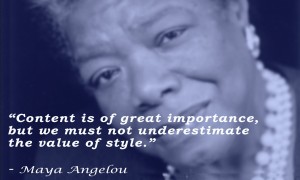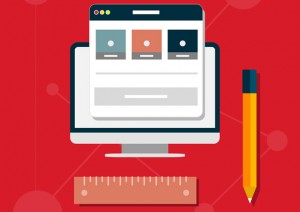Leaders have to wear multiple hats to grow their business and this leads to multitasking to manage goals. Intuitively, it makes sense to accomplish as many tasks as possible at the same time. But the reality is that working in this way makes you less effective and productive.
In this post, we’ll look at why you should avoid multitasking and how you can be a better leader by working on a single task at a time.
Single-tasking reduces stress
The book Hyperfocus by Chris Bailey makes an interesting point about how switching tasks taxes your brain. It takes effort to focus on a job. By the time you enter a state of flow, you’ve expended mental energy to get there. By switching to another task, you disrupt your focus and then have to reorient yourself to the next job.
This switching back and forth demands more energy from your brain than if you gave continued focus and attention to a single job over a long period of time. You end up feeling stressed and frustrated by the effort it takes which makes you less effective.
So, single-tasking is essential to conserve mental energy and when you do this over time, you’ll find that you’re less stressed out in general.
Enter a flow state more easily
Flow is a state of mind where you are laser-focused on a job and are not distracted by thoughts or activities not pertinent to the task at hand.
When you’re in ‘flow’, you feel inspired and do your best work. However, the only way to enter flow is to focus on a single job for a length of time that depends on the kind of work you’re doing.
If you’re writing to create a blog post or article, then you could enter flow in 10-20 minutes. Artists also know that they get their best work when they sustain their painting, crafting, or other activities for long periods of time.
So, commit to single-tasking if you want to be creative, productive, and do great work. Flow is only possible when you focus on one job at a time.
Manage time better
Most of us have more time than we realize. Our problem arises when we’re flustered from doing too many things at once. Also, when we’re multitasking, we create more work for ourselves since we’re not doing a good job the first time. Multitasking leads to mistakes which means having to do your work again.
Instead, single-task and finish checking your email or go over your business’s financials. Just don’t do both at once. As you get through each daily task in a focused way, you’ll find that you actually have time and energy.
How to implement single-tasking
Moving from multitasking to working on a single task at a time is simple enough. But it can be confusing to figure out how to single-task if you have to carry out widely different tasks. Or if you need to work on a long project and work on it in pieces daily. Also, how do you avoid boredom or fatigue if your work consists of a single task that you need to carry out all day?
Let’s look at techniques you can use to carry out single-tasking effectively.
Use the Pomodoro technique
In cases where you have to do the same thing for long periods of time, for example, writing, then the Pomodoro technique can support you.
Here’s how to work with it: Set a timer for 25 minutes. During this time period focus on doing your work, say writing emails, and nothing else. Once the timer goes off, take a break. Then reset the timer and get back to work, In this way you remain productive doing a single type of work without getting burned out.
Use time blocking
If you manage multiple social media accounts or several products, then you’ll need to shift from one task to another to get things done.
In this case, time blocking can help you make better use of time and help you stay focused. Use a spreadsheet or online tool and create columns and rows for the days of the week and your working hours.
Next, make ‘blocks’ of time for specific jobs. If you need to collaborate with a partner to build a product, then create a specific time block for that. Set up another time block for weekly meetings and another for replying to comments on your blog.
This creates a mental and virtual separation between different tasks. You’ll also have a framework that allows you to focus on a single topic or workflow at a time. You can similarly break up long projects into daily or weekly jobs and block time for them.
Conclusion
We’ve looked at why single-tasking is important for leaders. And we’ve covered a few practical ways to implement single-tasking. There are a few more things you can do to enable the habit of working on one thing at a time.
You could switch off your phone or block social media when working on something that needs your full attention. It’s also helpful to create a dedicated workspace or environment that supports a focused mindset. Associating a single location with work can automatically put you ‘in the zone’ for work. This is a tip from James Clear’s Atomic Habits, another helpful book for productivity.
Use the tips given here to manage your time and work well. You’ll become a more effective leader and will help your business thrive by providing a great example to the people you work with.
Business & Finance Articles on Business 2 Community
(43)






